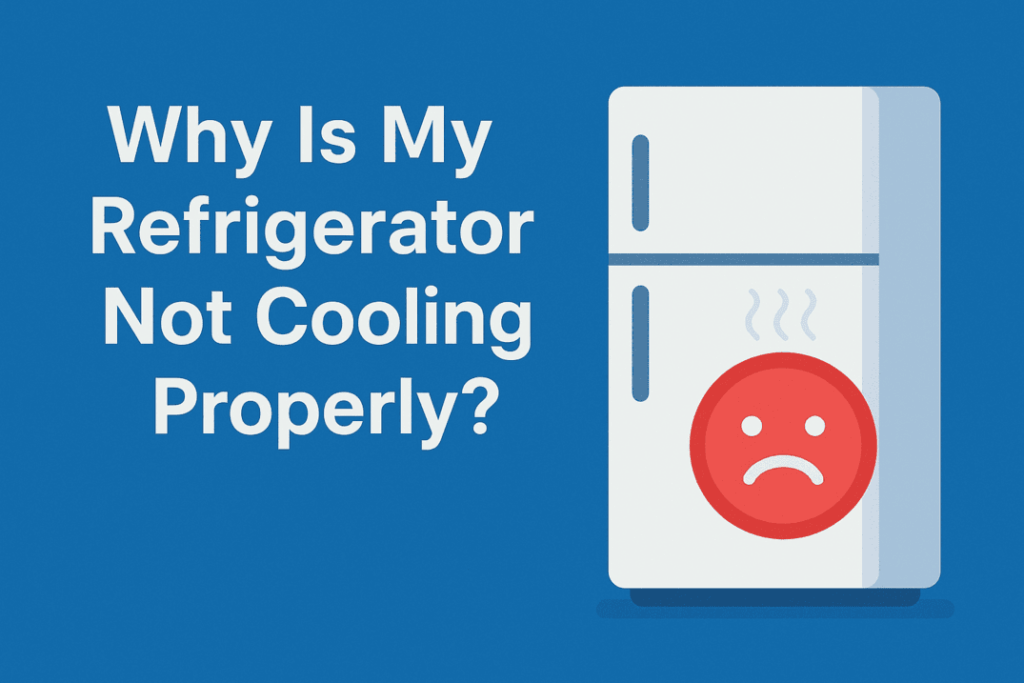Refrigerators are essential appliances in both residential and commercial settings, ensuring that perishable items remain fresh and safe to consume. However, when a refrigerator stops defrosting correctly, it can lead to a host of problems, including spoiled food, excessive frost buildup, and inefficient cooling. This guide will walk you through the steps to diagnose and fix a refrigerator that’s not defrosting properly.
Understanding the Defrost Cycle
Before diving into the troubleshooting process, it’s essential to understand the defrost cycle. Most modern refrigerators are frost-free, meaning they automatically defrost themselves at regular intervals. The defrost cycle involves the following components:
- Defrost Timer: This device initiates the defrost cycle at set intervals.
- Defrost Heater: Heats up to melt the frost that accumulates on the evaporator coils.
- Defrost Thermostat: Monitors the temperature of the evaporator coils and turns off the heater once the frost has melted.
- Evaporator Coils: Where the frost accumulates, and the defrost process occurs.
Common Symptoms of a Defrosting Issue
A refrigerator that’s not defrosting properly can exhibit several symptoms:
- Frost Buildup: Excessive frost accumulation inside the freezer compartment.
- Temperature Fluctuations: Inconsistent temperatures in the fridge and freezer.
- Water Leaks: Water pooling inside the refrigerator or freezer.
- Unusual Noises: Strange noises coming from the back of the fridge.
Steps to Fix a Refrigerator Not Defrosting Properly
Check the Defrost Timer
The defrost timer is responsible for initiating the defrost cycle. To check the defrost timer:
- Locate the Defrost Timer: This is usually found behind the refrigerator’s kickplate or inside the control panel.
- Manually Advance the Timer: Use a screwdriver to turn the dial until you hear a click. This should start the defrost cycle.
- Listen for the Heater. If you hear the heater turning on, the timer might be faulty and need to be replaced.
Inspect the Defrost Heater
The defrost heater melts the frost that accumulates on the evaporator coils. To inspect the defrost heater:
- Access the Evaporator Coils: Remove the back panel inside the freezer to expose the coils.
- Test the Heater for Continuity: Use a multimeter to check for continuity. If there’s no continuity, the heater needs to be replaced.
Examine the Defrost Thermostat
The defrost thermostat monitors the temperature of the evaporator coils and shuts off the heater once the frost has melted. To examine the defrost thermostat:
- Locate the Thermostat: Found attached to the evaporator coils.
- Test for Continuity: Use a multimeter to check for continuity at freezer temperatures. If there’s no continuity, the thermostat needs replacement.
Check the Defrost Control Board
In some refrigerators, the defrost cycle is controlled by an electronic control board. To check the defrost control board:
- Locate the Control Board: Usually found at the back of the refrigerator or inside the control panel.
- Inspect for Damage: Look for any signs of burned or damaged components.
- Test for Voltage: Use a multimeter to ensure the board is receiving power. If the board is faulty, it needs replacement.
Clean the Evaporator Coils
Dirty evaporator coils can impede the defrost process. To clean the coils:
- Turn Off the Refrigerator: Unplug the refrigerator to ensure safety.
- Remove the Back Panel: Access the coils by removing the back panel inside the freezer.
- Clean the Coils: Use a soft brush or vacuum cleaner to remove any dust and debris.
Check for Blockages in the Defrost Drain
A blocked defrost drain can cause water to pool inside the refrigerator. To check for blockages:
- Locate the Defrost Drain, Found at the bottom of the freezer compartment.
- Clear the Drain: Use a turkey baster filled with hot water to flush out any blockages.
Preventive Maintenance Tips
To avoid future defrosting issues, consider the following preventive maintenance tips:
- Regularly Clean the Coils: Keep the evaporator coils clean to ensure efficient cooling and defrosting.
- Check the Door Seals: Ensure the door seals are intact and not allowing warm air to enter the refrigerator.
- Monitor Temperature Settings: Keep the refrigerator and freezer at optimal temperatures to prevent excessive frost buildup.
When to Call a Professional
While many defrosting issues can be resolved with the steps outlined above, some problems may require the expertise of a professional technician. If you’re unable to diagnose or fix the problem, or if your refrigerator requires specialized parts, it’s best to seek professional help. For commercial refrigerator repair, it’s essential to contact a technician experienced with commercial-grade appliances to ensure the issue is resolved promptly and effectively.
Conclusion
A refrigerator that doesn’t defrost properly can be a significant inconvenience, but with the proper knowledge and tools, many issues can be resolved at home. By understanding the defrost cycle, identifying common symptoms, and following the steps to diagnose and fix the problem, you can keep your refrigerator running smoothly and efficiently. Remember to perform regular maintenance and seek professional help when necessary to avoid long-term damage and costly repairs.









